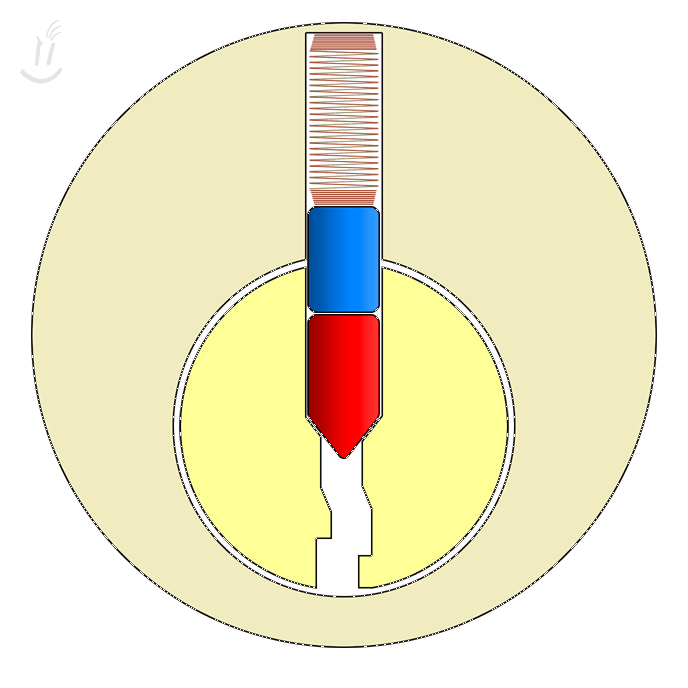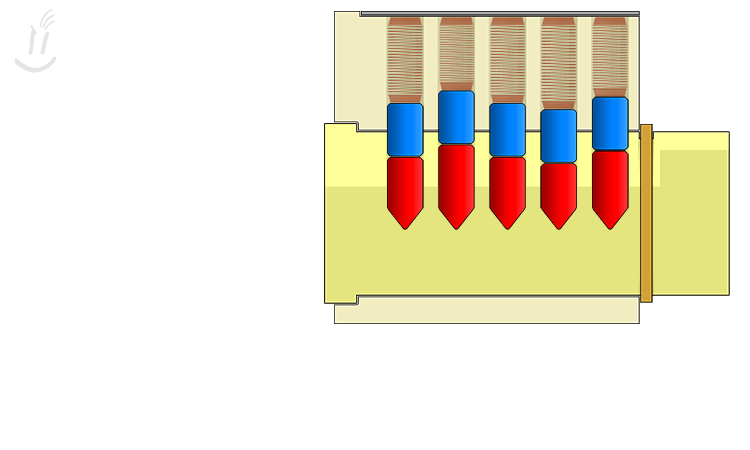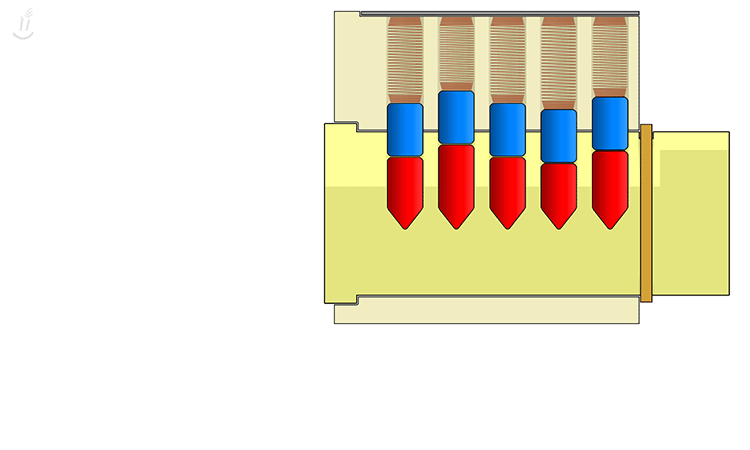Sorry, but today we'll do something else than playing with Wifi, and that will be...locks and lock picking of tumbler locks. Whoohoo :)
It will be a very basic introduction to how a pin tumbler lock works, and how the two most normal schools / tactics work, Single Pin Picking (SPP), and raking.
So, if it interests you, jump right in to the fascinating world of physical security with lock picking
Soo. What is lockpicking, and how does it actually works ? Before I jump into that, I will bitch for a moment.
One of the things I hear a lot, is "Isn't lockpicking illegal ?", "Picking is a crime !", "possession of picks is illegal..", "why on earth would you learn to do that, are you some kind of criminal ?"
Let's discuss it for a moment, and get those statements out of the way. Where I live, possession of picks is NOT a crime. It's not illegal to own / use a hammer or a crowbar right ?. It's not illegal to own a sh*tload of bricks, right ? You don't think your neighbour is using the bricks to throw at the police every saturday night at some demo right ?, or using that crowbar to break into your window.. ?
Is picking a crime ?, no. BUT it's depends. If you do not own the lock, and the door it's mounted in, it is a crime, and it is a crime, if your intent is breaking into someone elses place. It's not the picks in themselves that's the problem here, it's how you use them, and your intent. It's your intent to commit a crime that lands your behind in jail,, not your tools.
So, follow the same rules as The Open Organization of Lockpickers recommend. Do NOT pick locks you don't own. Do NOT pick locks you depend on for everyday use !
Why ?. Because a lock will wear out, a pick can break, or something else can go wrong. If it happens in your front door, you're out of luck :)
Pick locks you own, well, good advice. Stick to it. That reminds me. Here I should point out, there's a difference between locks you have a right to use, and one you own. In a rented appartment, you'll typical have a right to use the lock in your front door, you don't own it. The landlord does. So, you break it, you pay for it, and the locksmith that will have to get paid to replace it, so don't do it.
So, do your training on dedicated locks, bought for the purpose of training lockpicking. Do yourself a favour and start with something veeery basic, or buy dedicated see-through plastic training locks. Start small, and build from there. American Master locks are a good first choice, but it really depends on your budget, and where you live, what you'll have available.
Last, is it only for criminals ? No, locks are a cool hobby. It's simply a puzzle waiting to be solved, and it's a skill, and a fun skill to learn. It's perfect for those long winther nights, snugging in with a blanket and some tea and chocolate :) And yes, I'll admit it, I'm a chocoholic, so sue me :)
I'll end my rant here, so we can get to it. First let's talk a bit about what a lock is, and how it works. They can have a lot of designs, but the most basic you'll meet, is the standard pin tumbler lock.
So what is that. Here's a quick diagram
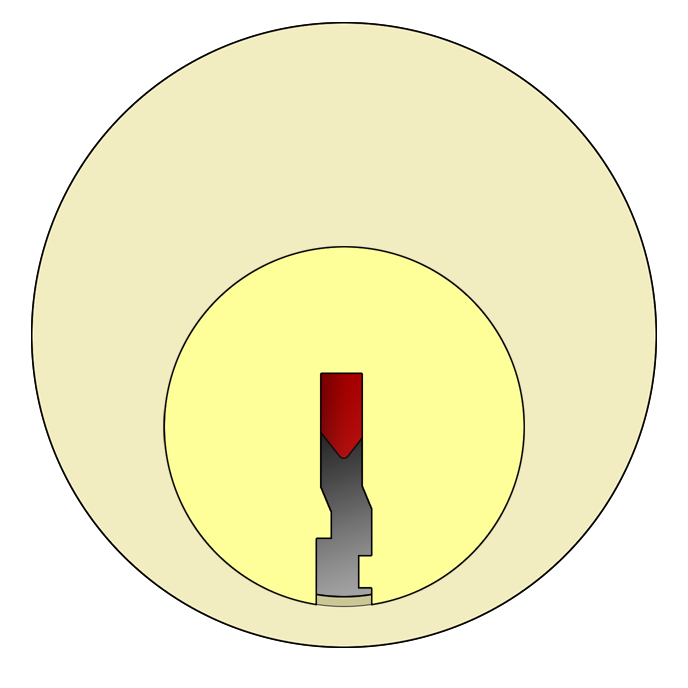 |
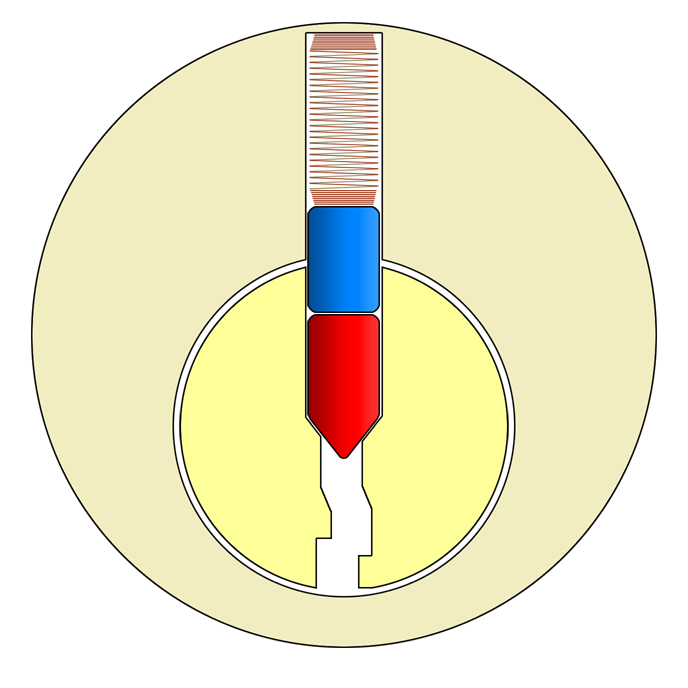 |
| Figure A |
Figure B |
Figure A, is a standard pin tumbler lock, seen from the front of the lock The red that's sticking out, is one of the pins as seen in figure B.
From the top, on figure B, we have the plug, at the top of the lock, right above the spring. Next we have the spring, below that, in blue, we have something called the driver pin, and finaly, sticking down in the keyway, the red pin, called the key pin.
So, how does all this come together ? Right above the key pin, at the top of the cylinder, we have a spot in the lock, called the shear line. It's where the lock meet the cylinder. It's a pretty sweet spot, and what it's all about.
You see, when the right key is inserted, the key is gonna push the driver pin upwards, compressing the spring, and pushing the driver pin clear of the cylinder, allowing the cylinder to rotate, as seen in the next diagram.
|
|
|
| Figure C |
This is important. It tells us two things. We need to set the pin to be above the shear line, and we need rotation and tension on the cylinder. It doesn't have to be from a key, it can be anything. And yes, you can pick with a couple of modified paperclips, or with a hairpin. In fact, anything that's small enough, springy enough, and long enough will do, as a makeshift pick.
Why long enough, because here there's only one pin in the cylinder, normally you'll have four and above. And some of them, will be security pins, but we''ll save the discussion about those for a later article, right now, let's stick to the basics.
We haven't gotten a chance yet, to see what it looks from the side, so before going further, let's do that. Here's a couple of quick diagrams showing a lock from the side.
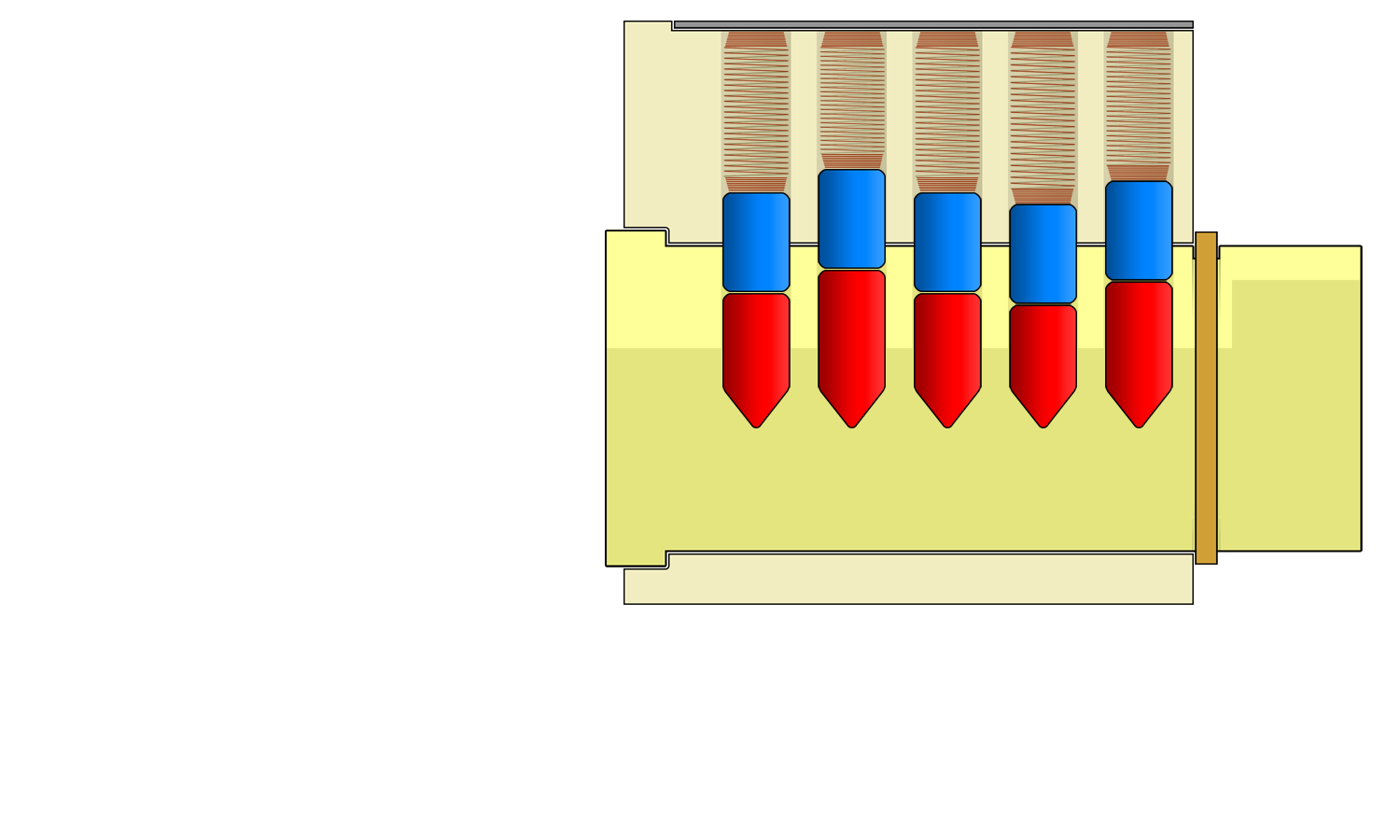 |
| Figure D |
|
|
| Figure E |
In figure D, we see how the pins stack up, and how they are aligned in the lock. Figure E, shows what happens when a normal key is inserted, and the lock rotates, and opens.
Notice in E, all the driver pins aligning up with the shear line. The trick to picking is that a cylinder is not perfectly drilled, or sometimes it itsn't, and we can exploit that.
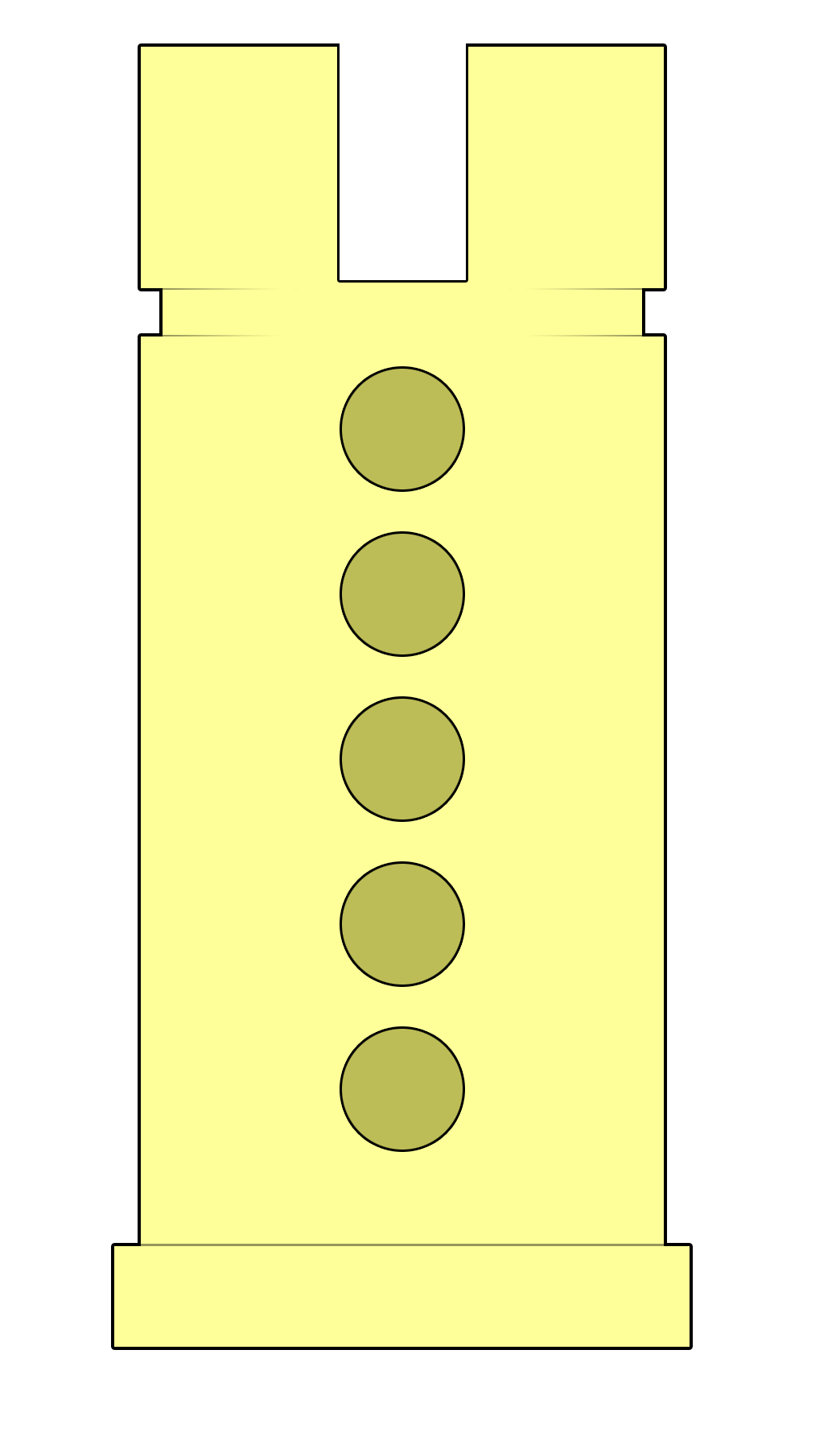 |
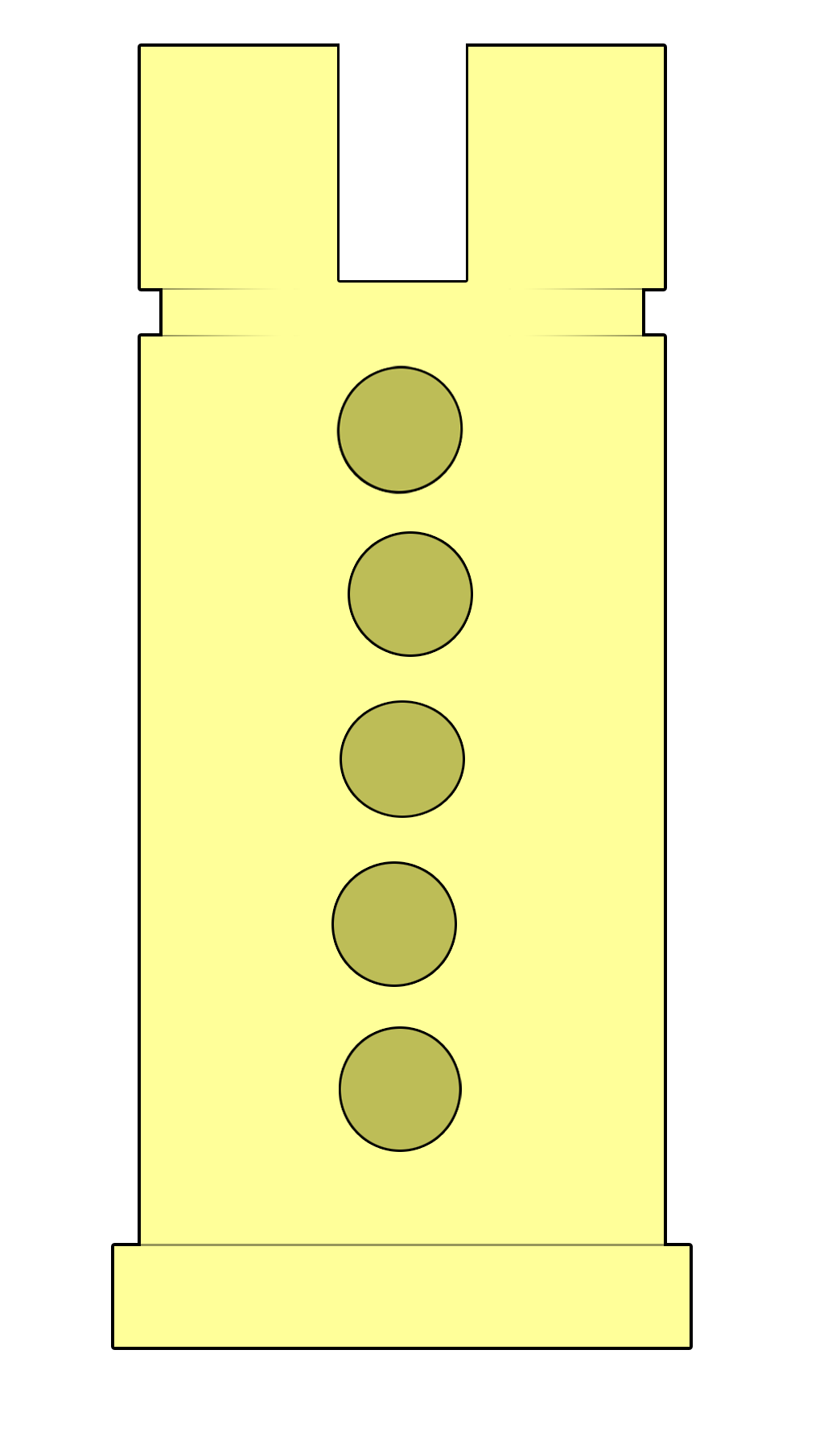 |
| Figure F | Figure G |
Figure F, show's an "ideal" cylinder, seen from the top. All the chambers should align perfectly, but they very seldomly do. Figure G, is more the standard, unless we're talking about precision high security locks.
If we can insert a tool, causing a small tension on the cylinder, we can get the pins to bind up. And inserting a pick, feeling around for the binding pin, and "lifting" it manually, until it clicks into place above the shear line, and continuing this, until we have set all the pins, we can get the lock to open.
It would look something like this, when you do it manually, using single pin picking, one pin at a time.
|
|
| Single Pin Picking session |
Now we know a bit about the theory about it, let's talk about tools. For single pin picking, we use a normal pick kit, like the one below.
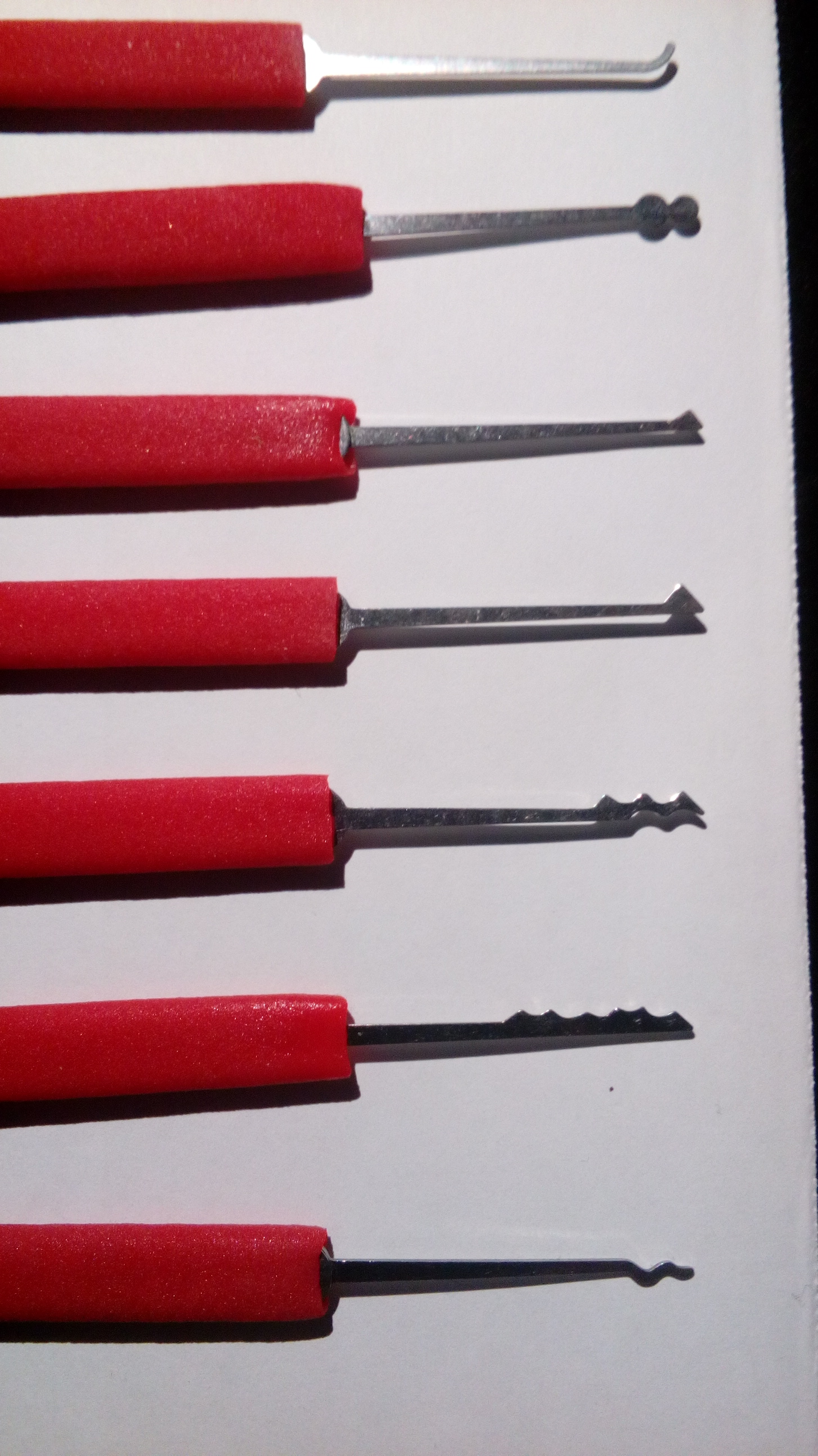
A standard Southord pick Kit from UK Bump keys.
From the top, a normal Hook, A Double 8Ball / Snowman, A small half-diamond, a large Half-Diamond. A Bogota Rake, A City Rake / L Rake, and last a Snake Rake.
Those normally used for single pin picking is, The Hook, The Half Diamonds, and sometimes The Snake Rake, an 8Ball / Double 8 Ball, depending on the lock size, shape of keyway, and other factors.
The City Rake / L Rake, Bogota is used for raking in a pinch, but I would suggest a dedicated Rake Kit, like the following. Here's the Polaris Kit, again from UK Bump Keys.
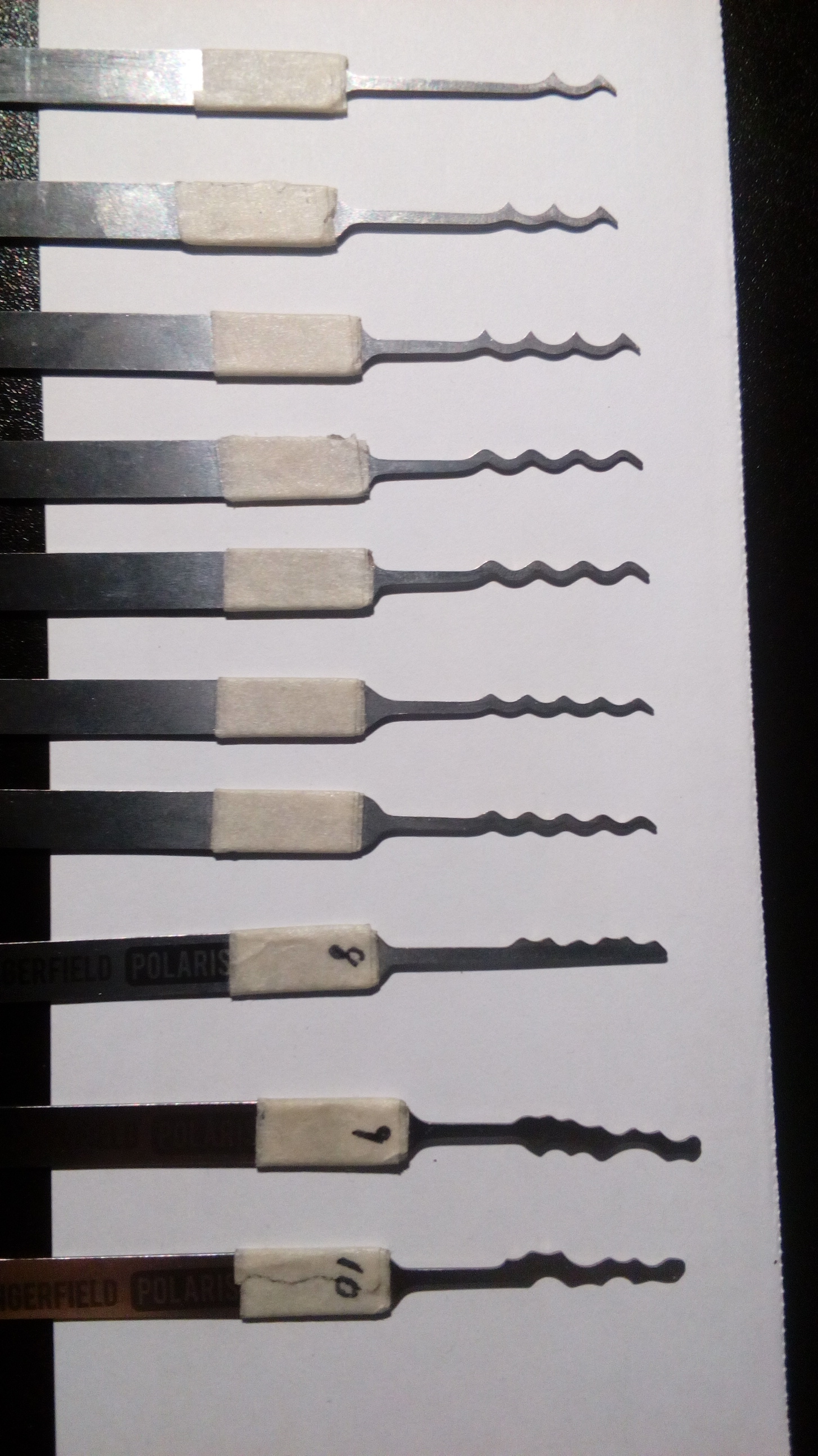
Above is my kit, from pick number one, through ten. The first three is Bogota style rakes, the next 4 are different sizes of Snake rakes. Number eight is the classic City Rake, and the last two, is custom picks from Chris D of UK Bump Keys, so I don't know what you would call those.
As mentioned, some times a lock can't be raked, but when it works, it's fast, so it's worth a try. Note that these rakes are double sided, so you have both sides to try. Here i have tried to figure out what's up and down, but I have had good success using them both ways, depending on the lock, so you should try it. The method of raking is simple enough.
Insert the pick in the bottom of the lock, normally a more or less flat snake is good for this. Try and get a feel for the pins, their height, and how much tension you'll need on the cylinder.
Apply light tension, holding the rake vertical, and pull back. Repeat three to five times. If you get an opening, it worked. This is known as "zipping".
If not, try another rake, or lifting the pins, using circular motions, from the bottom of the lock, being pin five or six, to the front, being pin one.
Try different kind of movements, using different kinds of tension, different kind of rakes, and see what happens. Remember a rake is influencing more or less pins at a time, like a key.
That's actually the difference between single pin picking and raking.
Some times you'll feel the pin oversetting. Reset the pins by releasing tension, and try again. After some trial and error, you'll get the feel for it :)
But, what are those tensioning tools I keep talking about. Remember i said we need two things for manipulating a lock ?. Them being tension / rotation of the cylinder, and a pick. Well we've covered the picks enough. Let's look at a couple of tension tools.There's a lot of different styles, for a lot of different lock sizes, but the two primary ones are the top of keyway, and the bottom of the keyway. They look like this.

On the left, is a top of keyway, and the right is a bottom of keyway tool. Simply insert it at either top or bottom, apply light (most times, featherlight) tension, and start picking.
But, on what locks ? Let's discuss that topic next.
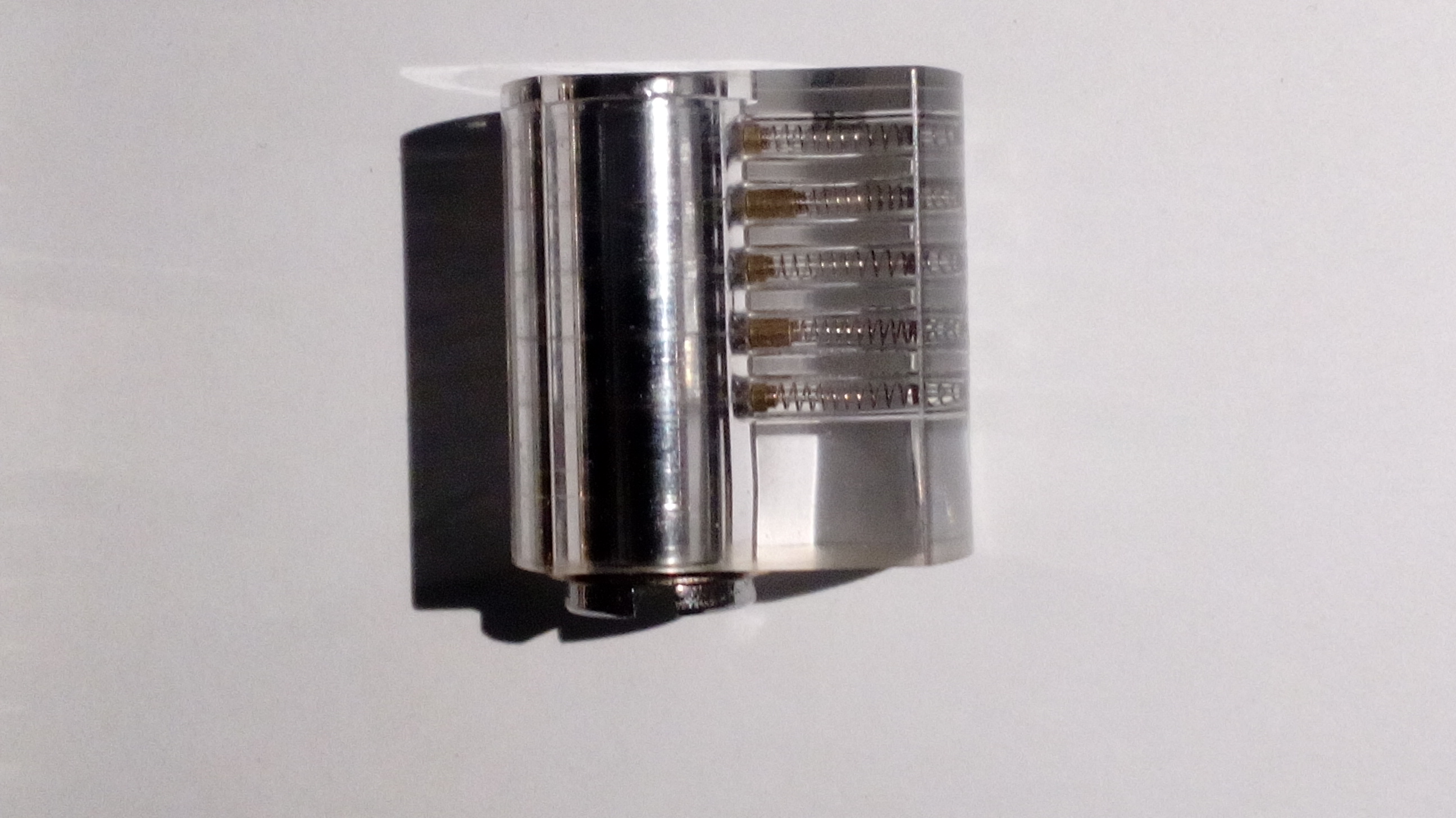
There are different kind of training locks out there. UK Bump keys, have clear plastic locks ideal for training. They are not cheap, but worth the investment., because it's a lot easier when you can see what you're doing, at least for starters. The above lock is a training lock, with standard pins, used for single pin picking. For raking, go to the nearest building supply store, and buy the cheapest lock they got. Usually they cost almost nothing, and have reeeal shitty security, so you should be able to beat them in a small amount of time, using different raking techniques.
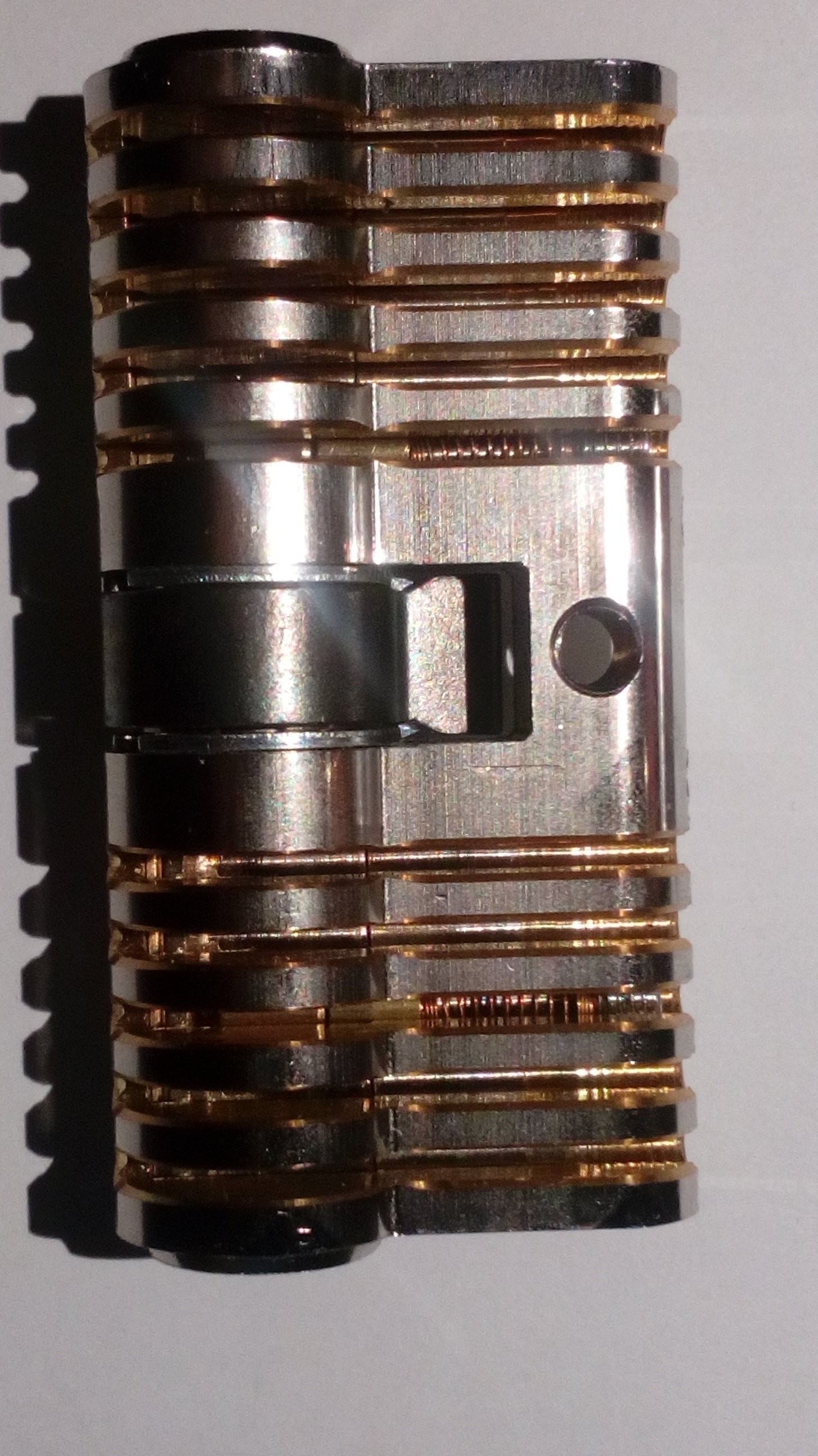
Later, if you think it's fun, I would suggest investing in a good cut-away lock, you can repin, to create different configurations, like the one above from UK Bump Keys.
For single pin picking, it's really worth a try. I promise it will give you countless hours of fun, especially loaded with security pins. But, there's another good thing about it.
For a start, load only one pin in a chamber, and learn to feel it. When you have the pick dead bang on the pin, there's a small springy feeling, from there it's only a small push, and the lock opens.
This lock is a good start for that. It has clearly defined chambers, so within an hour or two, you'll know when you're on the separating metal, between the chambers, or in the chamber it self, or when starting out, in the bottom of the lock, behind the chambers.
When you're sure you got it, try to turn off the light, or try with you eyes closed, it will be a really different feeling. And why ?. Because when it's time for the real deal, you'll have nothing to guide you, besides hearing and fingers. It really is another experience. And, if you can look, it gets really tempting to do, to see if you're on the pin. Not that there's anything wrong with that, you'll need it for a long time, and a lot of practice before you get good at it.
So, there's basic lock picking for you. Really simple, isn't it ?
Remember it's just the basics, we've just scratched the surface. There's all kinds of fun stuff out there, security pins, special key ways, high security locks, and almost all of the designs you can imagine in keys and locks.
But, can they be beaten, some can. There's also a lot of different tactics. Copying keys by casting, impressioning locks, and making a key by hand with a key file, Yep, that's no joke, on some locks you can do that, with practice, and a bit of patience.
There's also electronic pick guns and manual pick guns and bump keys, and a lot of other stuff..
Not to mention, there's a whole new wold out there in RFID / digital lock systems, and apps for smart phones and smart locks. And no, it seems they haven't gotten more secure, just because they are digital, it really doesn't help much. In the last couple of years there have been some research articles out on breaking digital locks and apps, it's really worth a read, if nothing else, for the fun of it.
Lastly, some credits.
The graphics used here, are made by a guy called Deviant Ollam, of The Core Group, and made available under a Creative Commons license.
So, a big thanks to him. If you haven't heard of Ollam, and The Core Group, or seen his presentations from DefCon and other cons, you really should, as they are reeeally worth spending some time on. Deviant is a clever man, and a quite entertaining speaker, so go check it out on Youtube.
Happy picking, and, as always. Stay away from your neighbours stuff :)



